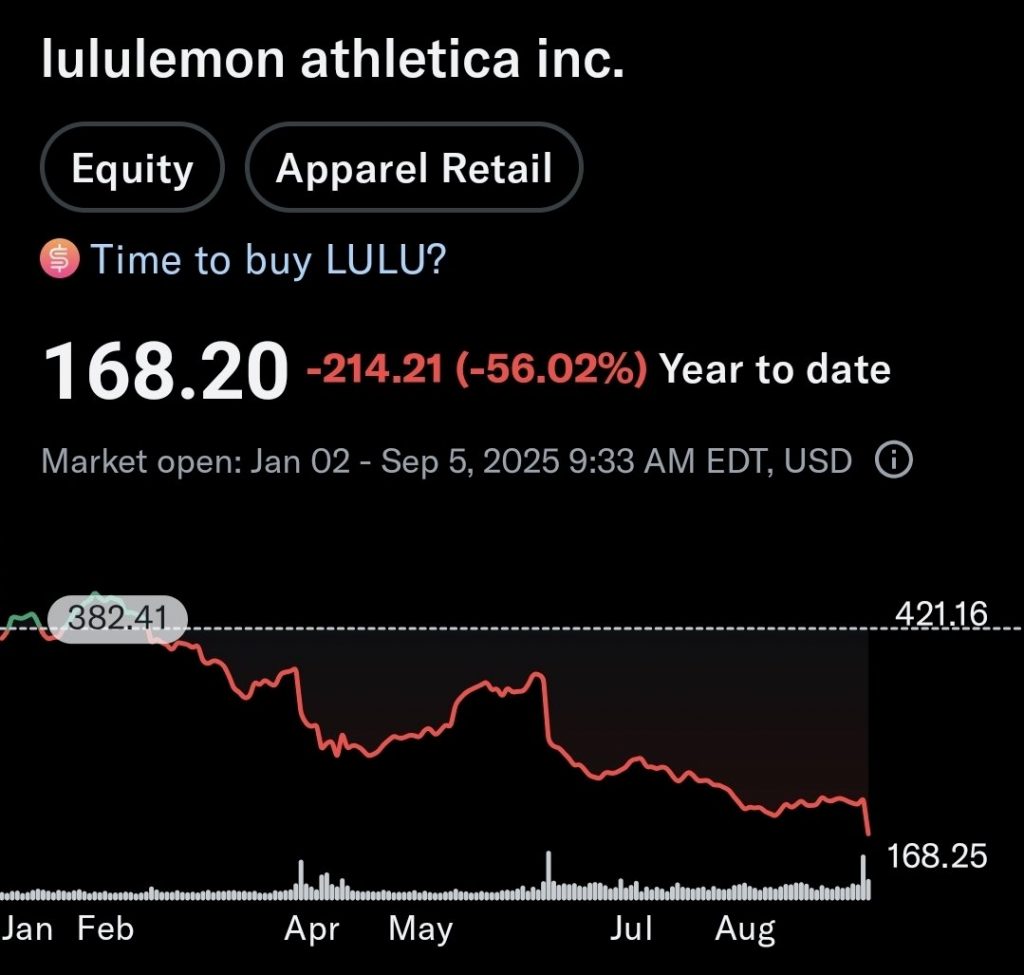
This is getting a little crazy. Lululemon is down to 13x earnings.
I know they have a lot more competition now than they had 2 years ago. However, they are still only focused on the female population.
Tech, Business, Finance and Everything Else

This is getting a little crazy. Lululemon is down to 13x earnings.
I know they have a lot more competition now than they had 2 years ago. However, they are still only focused on the female population.
WeBull is launching their crypto trading service in Australia – just after they re-opened the service in the US.
With companies like eToro – now making the majority of their revenues via crypto trading – it feels like this is going to be an easy revenue driver for WeBull.
via – Cointelegraph
It all depends on where you buy the Xiaomi stock.
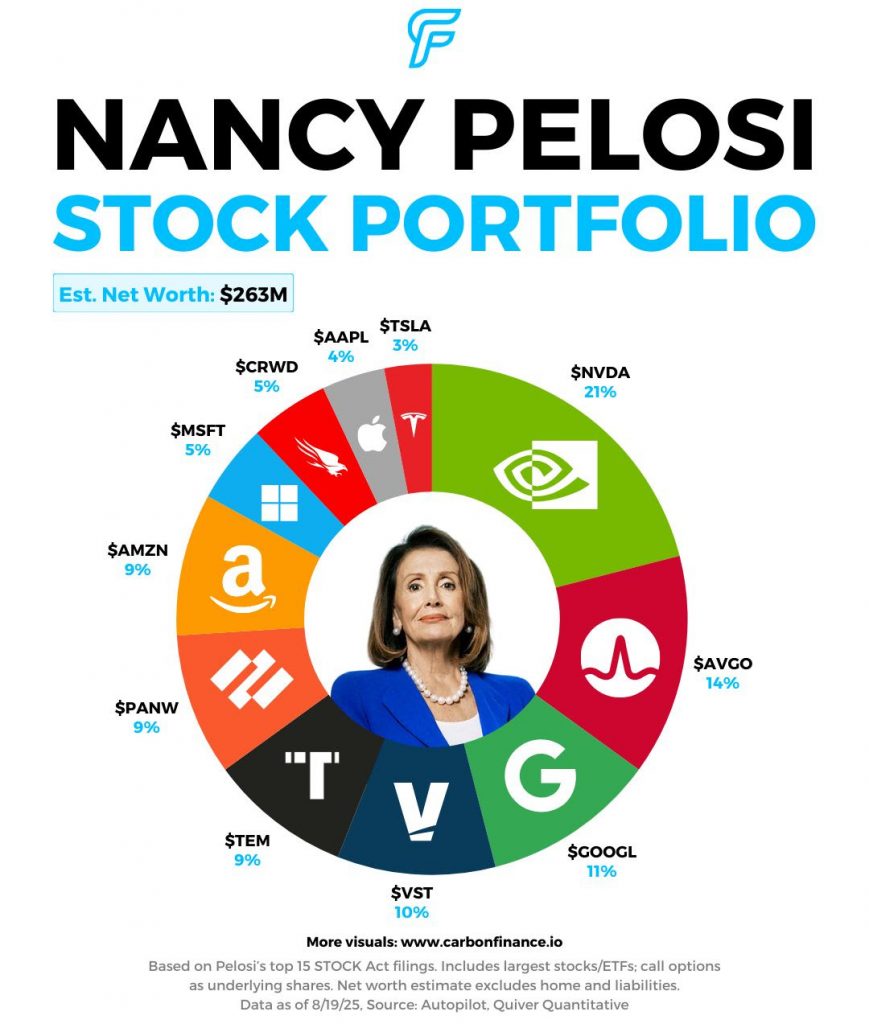
Nancy Pelosi has made some changes to her stock portfolio of late and here is how it looks as at today.
Nancy keeps adding to her Palo Alto Networks (PANW) position. I think there is a lot of opportunity there.
SoftBank has invested $2 billion in Intel.
SoftBank Group Chairman and CEO Masayoshi Son said in a statement that the “strategic investment reflects our belief that advanced semiconductor manufacturing and supply will further expand in the United States, with Intel playing a critical role.”
This is mixed with the US Government also announcing that they will take a 10% stake in Intel.
David Vélez, Nubank’s CEO and co-founder, just sold 33 million Class A shares (around 0.7% of the company’s total shares) through Rua California Ltd. He said it was for personal asset planning—about 3.5% of his stake.
via Reuters.
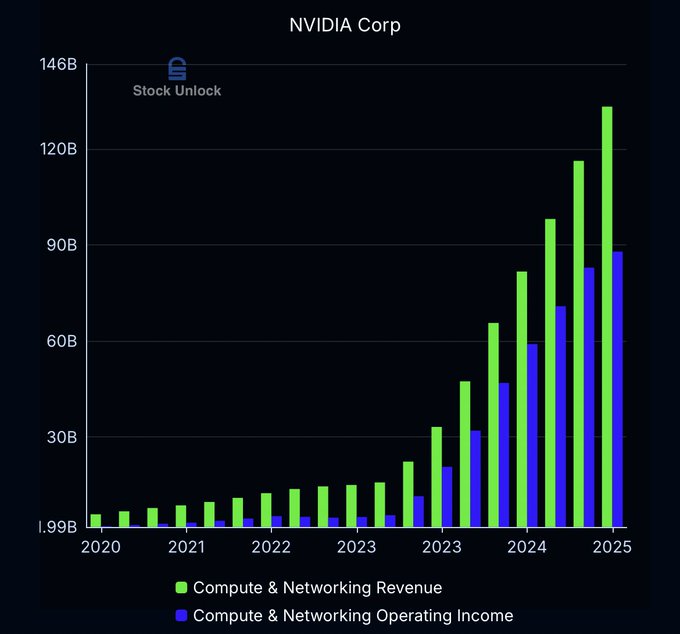
Nvidia earnings are reported next week. It will be very interesting to see how this chart continues to move over the coming quarters and years. I think it is all going higher, but I think we are starting to see a little bit of a slower growth, which hopefully will allow them some breathing space to stabilise a few things.
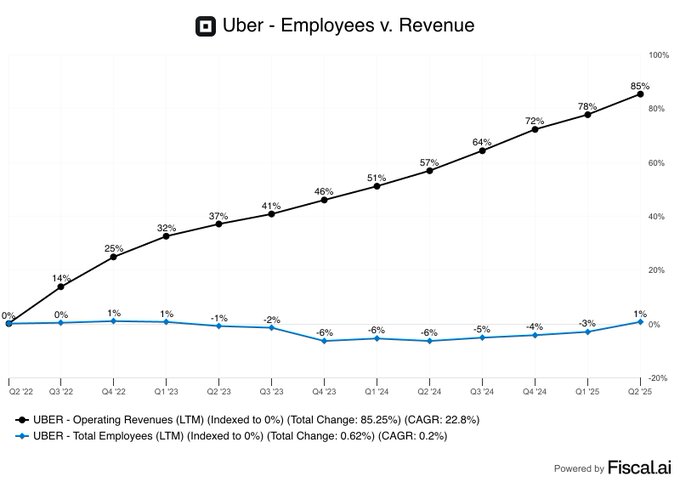
Uber has nearly doubled its revenue while keeping its employee count flat over the last 3 years.
This is a stagering chart. I hope this trend continues! It is also providing them with more strong free cash flow to spend into other areas of the business.
Based on the search results, I can provide the following comparison of XIACF’s current price to its 52-week high and low:
The 52-week range for XIACF (Xiaomi Corp Class B) stock is $1.40 – $2.64.
As of the most recent data available:
Comparing these figures:
This indicates that XIACF is currently trading at its highest point over the past year, suggesting strong recent performance or positive market sentiment towards the stock.
RouteNote’s royalty payment process has some unique aspects compared to other distribution services:
Unlike some services that may have more complex pricing structures or longer payment delays, RouteNote aims to offer a straightforward and relatively quick payment process. However, it’s important to note that the actual speed of payments can vary depending on the type of royalty and the specific platforms involved.
RouteNote’s payment process differs in a few key ways for master recording royalties versus compositional royalties:
While the basic payment process is similar, the key differences lie in the collection timeline, types of royalties, and the way RouteNote handles the revenue sharing for each royalty type.
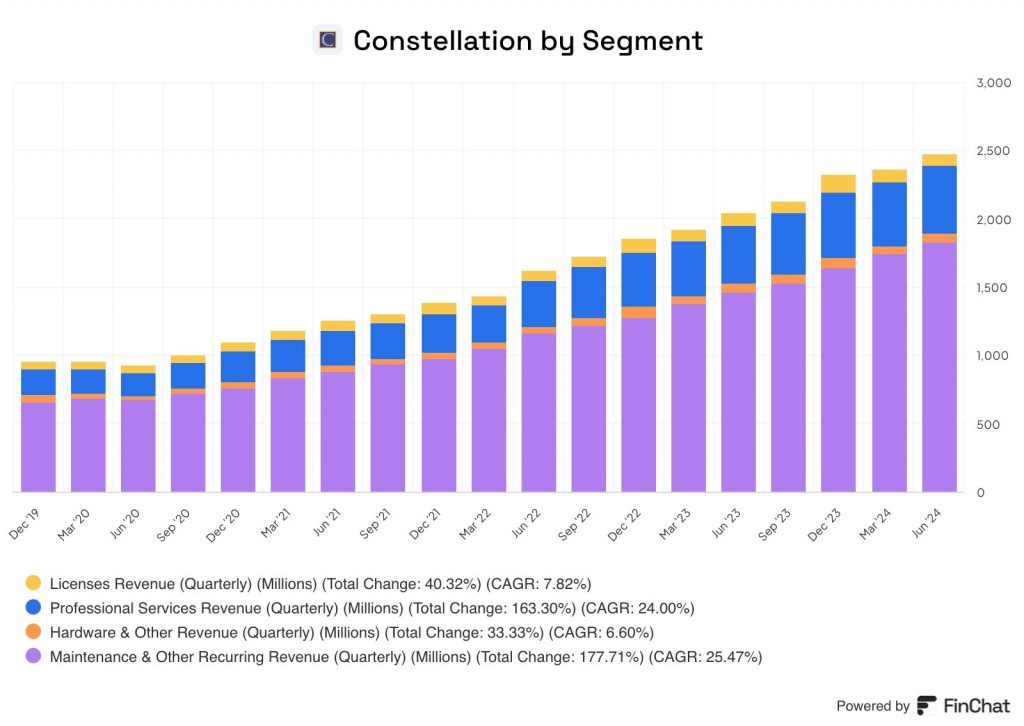
I came across this amazing chart of the growth of Constellation Software and their revenue by Segment.
As you can see Constellation has been on an amazing growth story since the very beginning and it doesn’t look like it is going to slow down any time soon.
I just wish I could invest in them from the UK, but no broker is really offer an option to buy their stock! If they had this I’m sure it would go even higher faster!
The other day I just came across Amit on YouTube and noticed that he sat down and interviewed Robinhood CEO and Co-Founder, Vlad Tenev.
It’s a great interview and really worth the watch.
My favourite part is them talking about the new Robinhood Gold and the economics behind the product.
A lot of people have been giving Google a really hard time of late over their troubled entry into AI – with their chat interface Gemini. Additionally, there are investors out there that think OpenAI, Perplexity and others will start to disrupt their search business which is their main revenue stream via ads.
I don’t think this is going to happen and here is my take:
I think I will be buying more for my own investment portfolio.
Coinbase (COIN) debuted on the Nasdaq stock exchange on April 14, 2021, through a direct listing, meaning no shares were sold at a pre-determined price. While Nasdaq provided a reference price of $250 per share, the stock actually began trading at $381 and closed its first day at $328.28 per share.
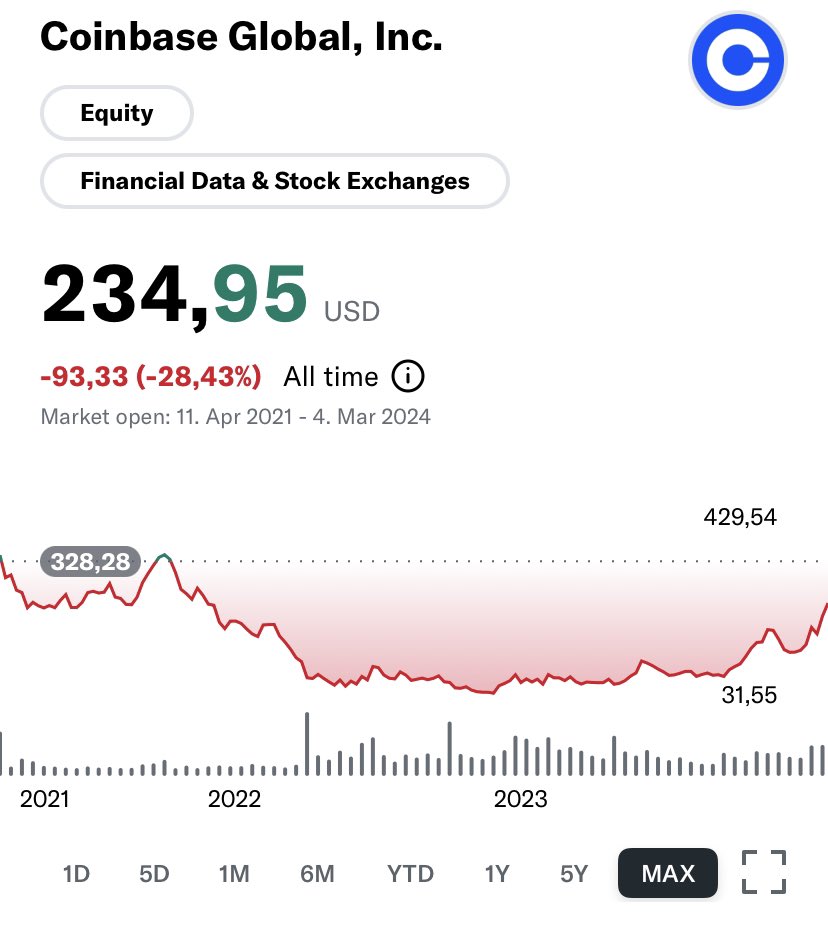
As of October 26, 2023, the largest shareholders in Monster Beverage Corporation (MNST) are:
Here are some additional insights about Monster Beverage’s ownership structure:
Prince Albert II of Monaco, a tiny country renowned for its casinos, grand prix, and status as a tax haven, is facing scrutiny for allegedly favouring his nephews’ business interests. A yearlong investigation by Bloomberg revealed that his nephews’ construction company secured state contracts worth over $60 million. Furthermore, Prince Albert II allegedly helped quash a lawsuit from a competing developer over an apartment building his nephews aimed to develop near the Casino de Monte-Carlo. Government offices have been raided by the police, but the prince and his family deny any wrongdoing. Monaco remains one of the few countries where power is still centered in the palace. This has raised concerns among European officials, who fear that the wealthy nation “continues to serve as a back door to Western Europe for financial criminals,” as stated by Bloomberg.